Refine listing
Actions for selected content:
2251 results in Cambridge Elements
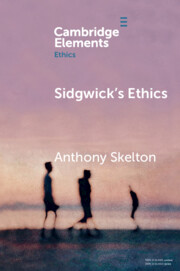
Sidgwick's Ethics
-
- Published online:
- 24 February 2025
- Print publication:
- 27 March 2025
-
- Element
- Export citation
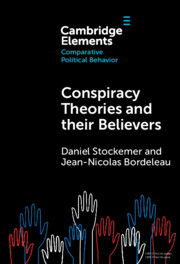
Conspiracy Theories and their Believers
- A Comparative Outlook
-
- Published online:
- 24 February 2025
- Print publication:
- 20 March 2025
-
- Element
- Export citation
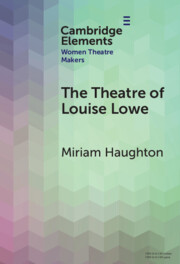
The Theatre of Louise Lowe
-
- Published online:
- 24 February 2025
- Print publication:
- 27 March 2025
-
- Element
-
- You have access
- Open access
- HTML
- Export citation
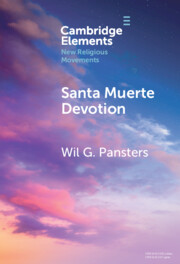
Santa Muerte Devotion
- Vulnerability, Protection, Intimacy
-
- Published online:
- 24 February 2025
- Print publication:
- 27 March 2025
-
- Element
- Export citation
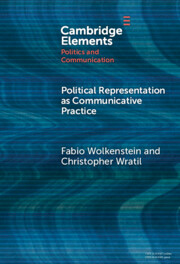
Political Representation as Communicative Practice
-
- Published online:
- 24 February 2025
- Print publication:
- 27 March 2025
-
- Element
- Export citation
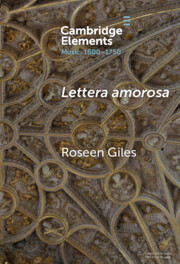
Lettera amorosa
- Musical Love-Letters in Early Modern Italy
-
- Published online:
- 21 February 2025
- Print publication:
- 20 March 2025
-
- Element
- Export citation
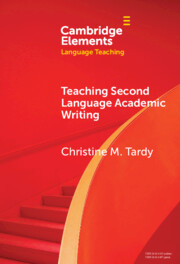
Teaching Second Language Academic Writing
-
- Published online:
- 20 February 2025
- Print publication:
- 20 February 2025
-
- Element
- Export citation
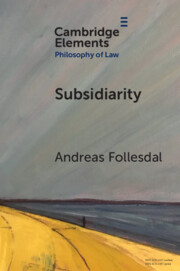
Subsidiarity
-
- Published online:
- 20 February 2025
- Print publication:
- 20 February 2025
-
- Element
- Export citation
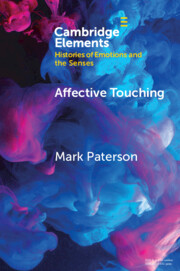
Affective Touching
- Neurobiology and Technological Applications
-
- Published online:
- 20 February 2025
- Print publication:
- 20 February 2025
-
- Element
- Export citation
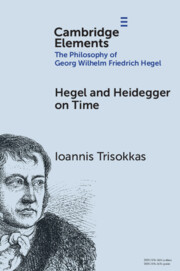
Hegel and Heidegger on Time
-
- Published online:
- 20 February 2025
- Print publication:
- 06 March 2025
-
- Element
- Export citation
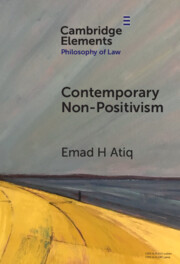
Contemporary Non-Positivism
-
- Published online:
- 20 February 2025
- Print publication:
- 20 February 2025
-
- Element
- Export citation
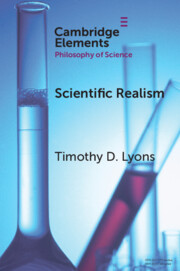
Scientific Realism
-
- Published online:
- 20 February 2025
- Print publication:
- 20 February 2025
-
- Element
- Export citation
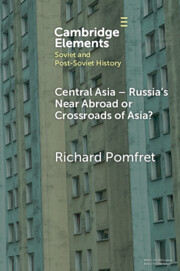
Central Asia - Russia's Near Abroad or Crossroads of Asia?
-
- Published online:
- 20 February 2025
- Print publication:
- 20 March 2025
-
- Element
- Export citation
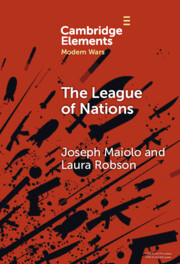
The League of Nations
-
- Published online:
- 20 February 2025
- Print publication:
- 20 February 2025
-
- Element
-
- You have access
- Open access
- HTML
- Export citation
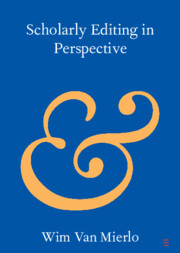
Scholarly Editing in Perspective
-
- Published online:
- 20 February 2025
- Print publication:
- 20 March 2025
-
- Element
- Export citation
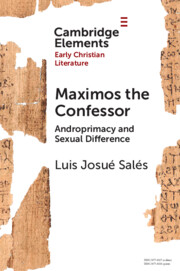
Maximos the Confessor
- Androprimacy and Sexual Difference
-
- Published online:
- 18 February 2025
- Print publication:
- 20 March 2025
-
- Element
- Export citation
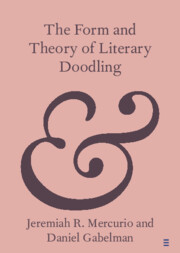
The Form and Theory of Literary Doodling
-
- Published online:
- 18 February 2025
- Print publication:
- 20 March 2025
-
- Element
- Export citation
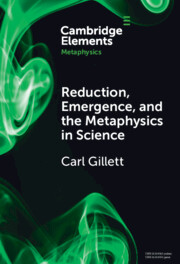
Reduction, Emergence and the Metaphysics in Science
-
- Published online:
- 18 February 2025
- Print publication:
- 20 March 2025
-
- Element
- Export citation
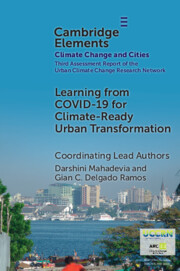
Learning from COVID-19 for Climate-Ready Urban Transformation
-
- Published online:
- 17 February 2025
- Print publication:
- 20 March 2025
-
- Element
-
- You have access
- Open access
- HTML
- Export citation
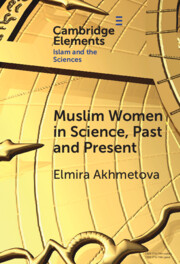
Muslim Women in Science, Past and Present
-
- Published online:
- 17 February 2025
- Print publication:
- 20 March 2025
-
- Element
- Export citation
